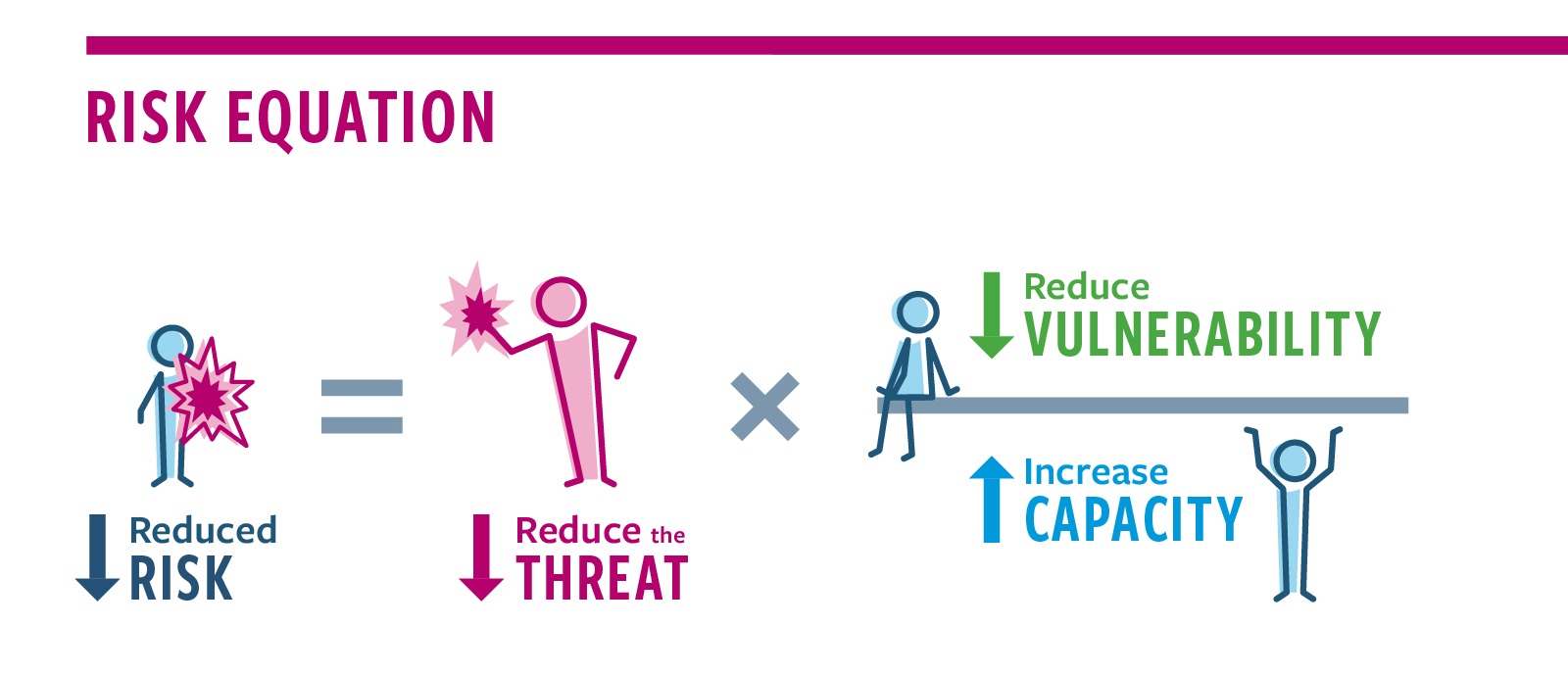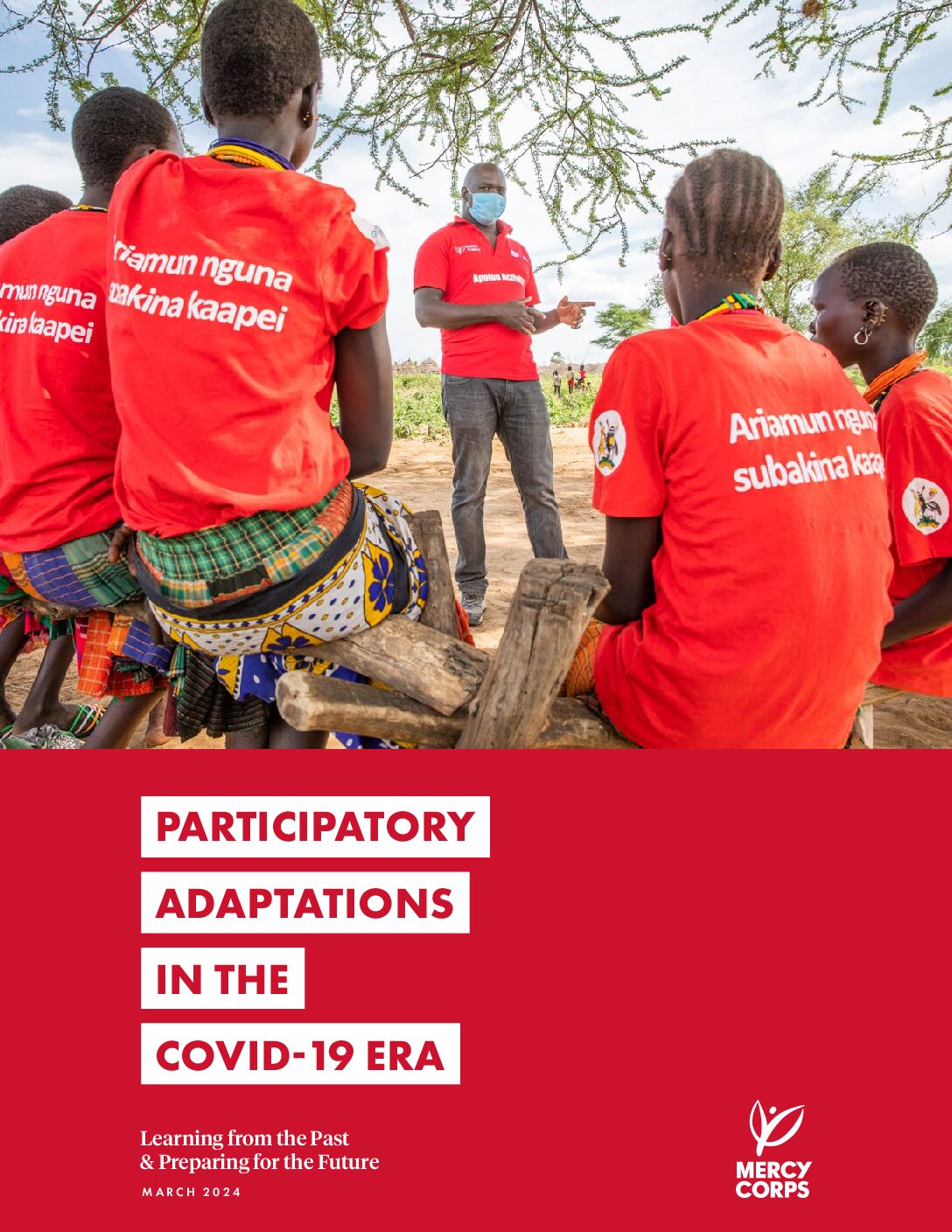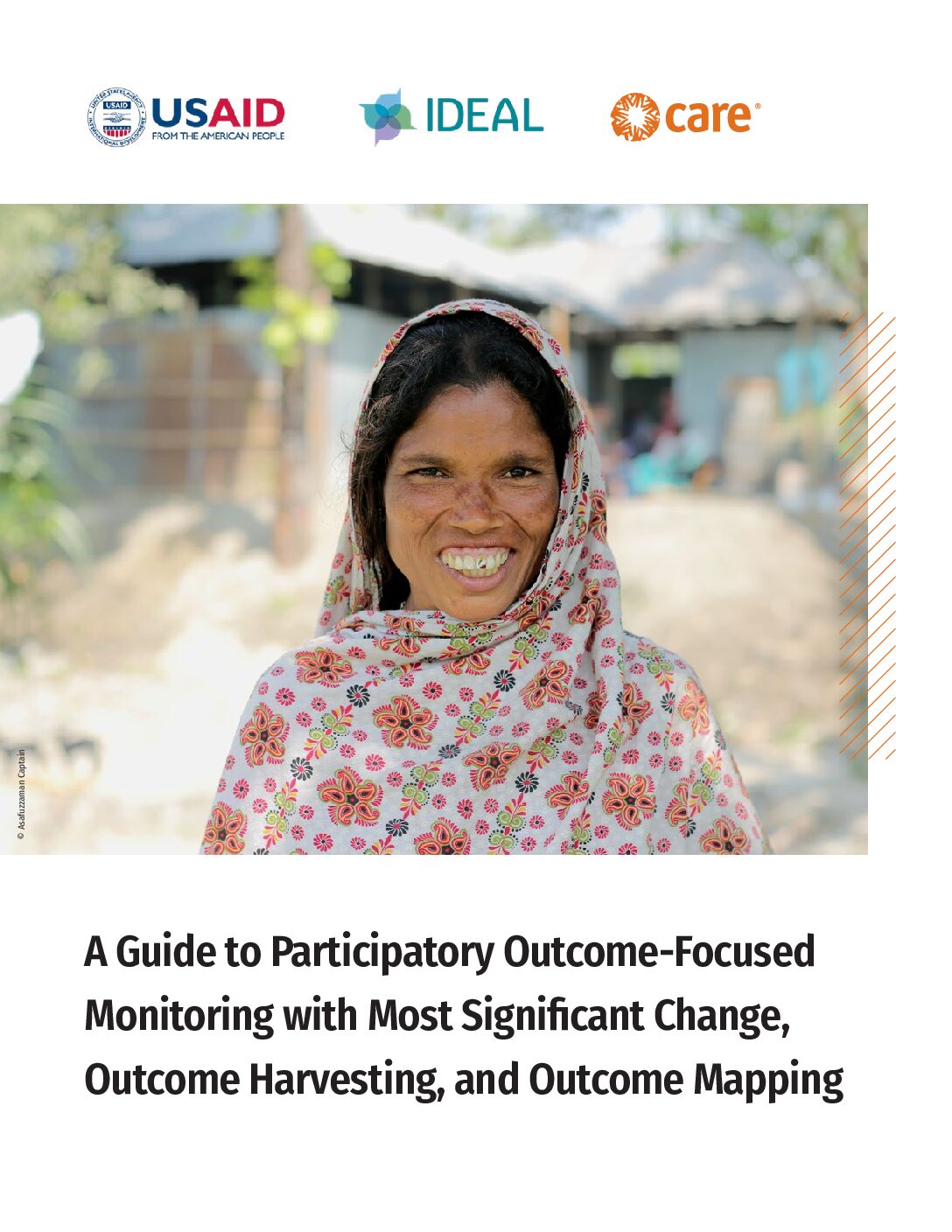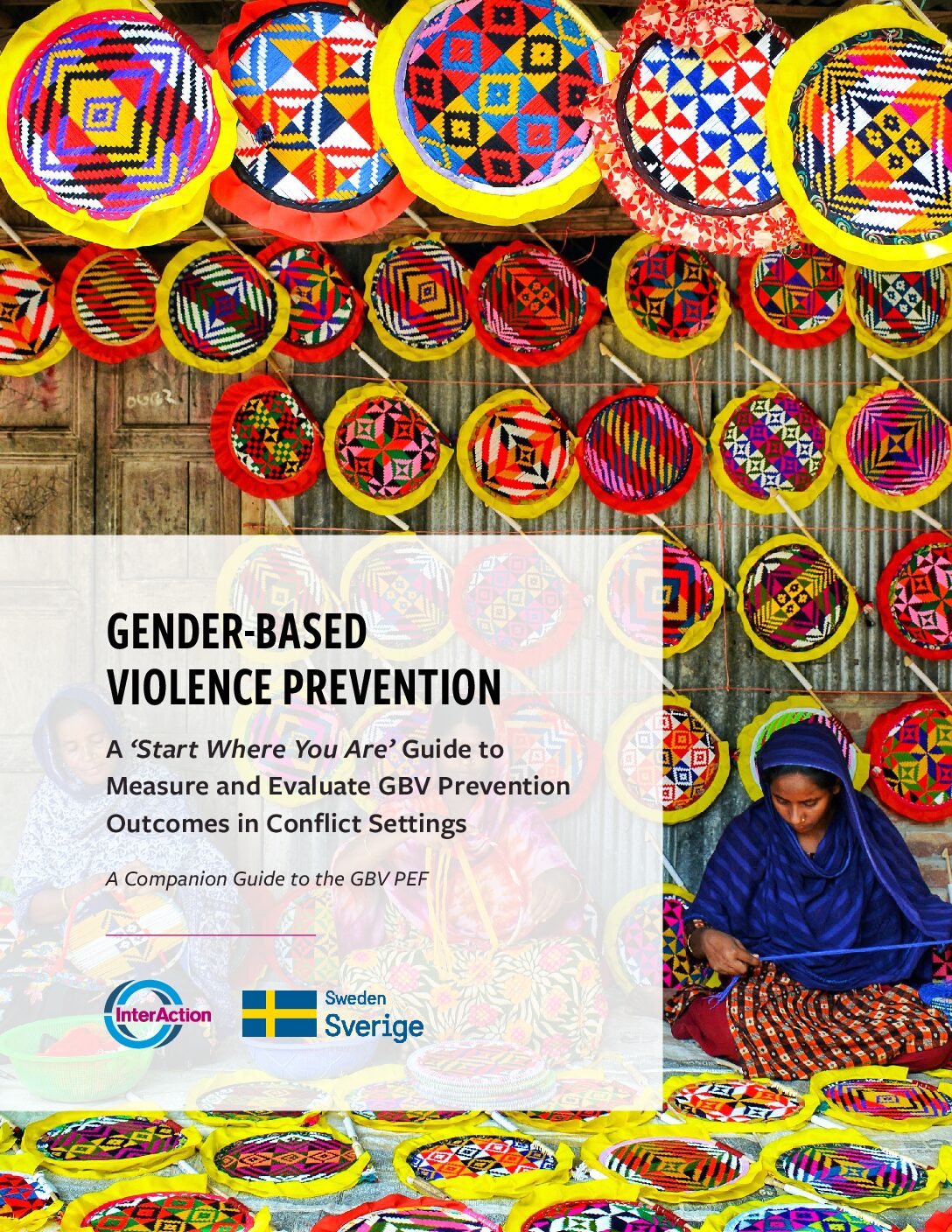If your remember, the International Rescue Committee (IRC) in collaboration with the Danish Refugee Council (DRC) is amid a two-year BHA-funded Results-Based Protection Analysis Project. We wrote a blog about what the project would entail. Good news!!! There is an update. The Protection Analysis Framework (PAF) has been released!!!
To jog our collective memory, let’s quickly talk about the background of the PAF.
Protection work is aimed at reducing the risk that affected populations face. Organizations intending to do protection work must parse through the local context of each area they operate in to identify the biggest risks experienced by affected communities.. This kind of work is vast and can be overwhelming. How can organizations identify the most severe or prioritized risks people face? What information does an organization need to undertake a protection analysis? The PAF will help answer these questions.
The PAF guides organizations in their undertaking of context-specific protection analysis to help them develop strategies for protection risk reduction. This analysis must be based on two core ideas: protection outcomes should manifest as reduced risk, and protection outcomes should be pursued through collective action. The PAF supports organizations in organizing data and information, identifying gaps in information, and informing their decision-making.
The PAF is grounded in four pillars for the identification of top risks. In order to avoid duplication, these pillars draw on existing definitions and terminology concerning risk, threat, and capacity circulated among humanitarians. To articulate a protection outcome, organizations must identify and analyze: the context—the conflict or hazard’s history and the political, institutional, and socio-economic landscape where the risk is manifesting; the current threats to the population—including the origins of the threat and the actors responsible; the effect of threats on the population and who is most vulnerable to those threats; and the capacities a population has to address the threat.
The PAF embraces the key elements of RBP. Its focus—continuous, context-specific protection analysis—is one RBP key element. In addition, the document states that it further supports multi-disciplinary strategies and the use of methods for protection outcomes. Furthermore, the core logic of the PAF lies in the theoretical framework of the risk equation. The risk equation has three components: threat, vulnerability, and capacity; these are similar to PAF’s four pillars.

While protection analysis is not new, the PAF helps to facilitate common understanding among humanitarians about what needs to be included in a protection analysis by helping to disaggregate risk factors, guide humanitarians to understand the relevant individuals and institutions in relation to protection concerns, and helps to establish a culture of continuous protection analysis. Moreover, it helps organizations ensure their programs are people-centered and inclusive, continuous, and based in coordination and collaboration: the core principles of the PAF.
The PAF is a results-oriented tool which is grounded in RBP’s key elements and the risk equation. This document helps build on existing theoretical frameworks, concepts, and guides to help contribute to further collaboration on protection in the humanitarian community. Above all, the PAF guides organizations to begin their protection analysis from the perspective of the affected population, and work from there to better achieve protection outcomes.
Read the Full Framework
CLICK HERE***The Prevention Analytical Framework is forthcoming in French, Spanish, and Arabic***
Sign-up
"*" indicates required fields


